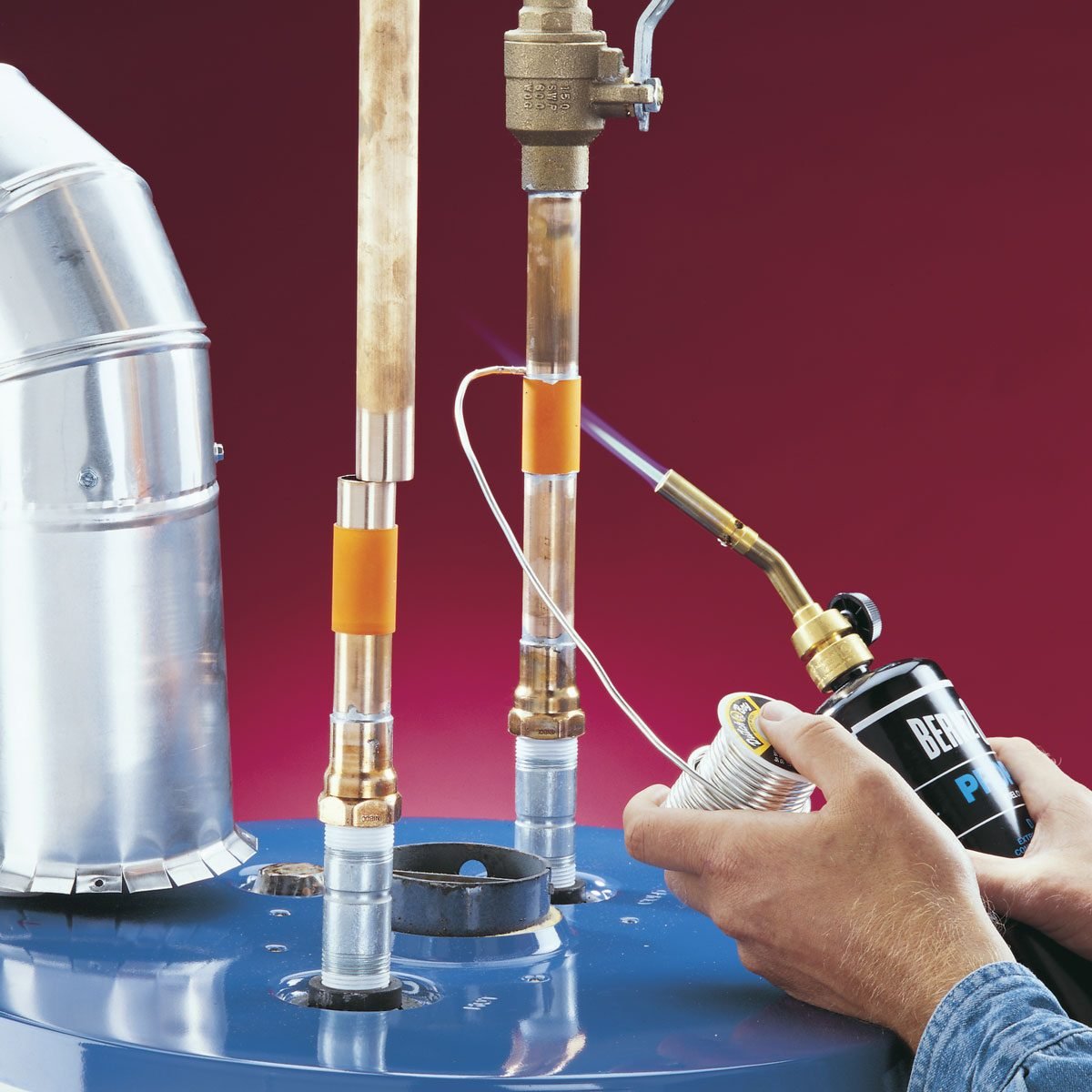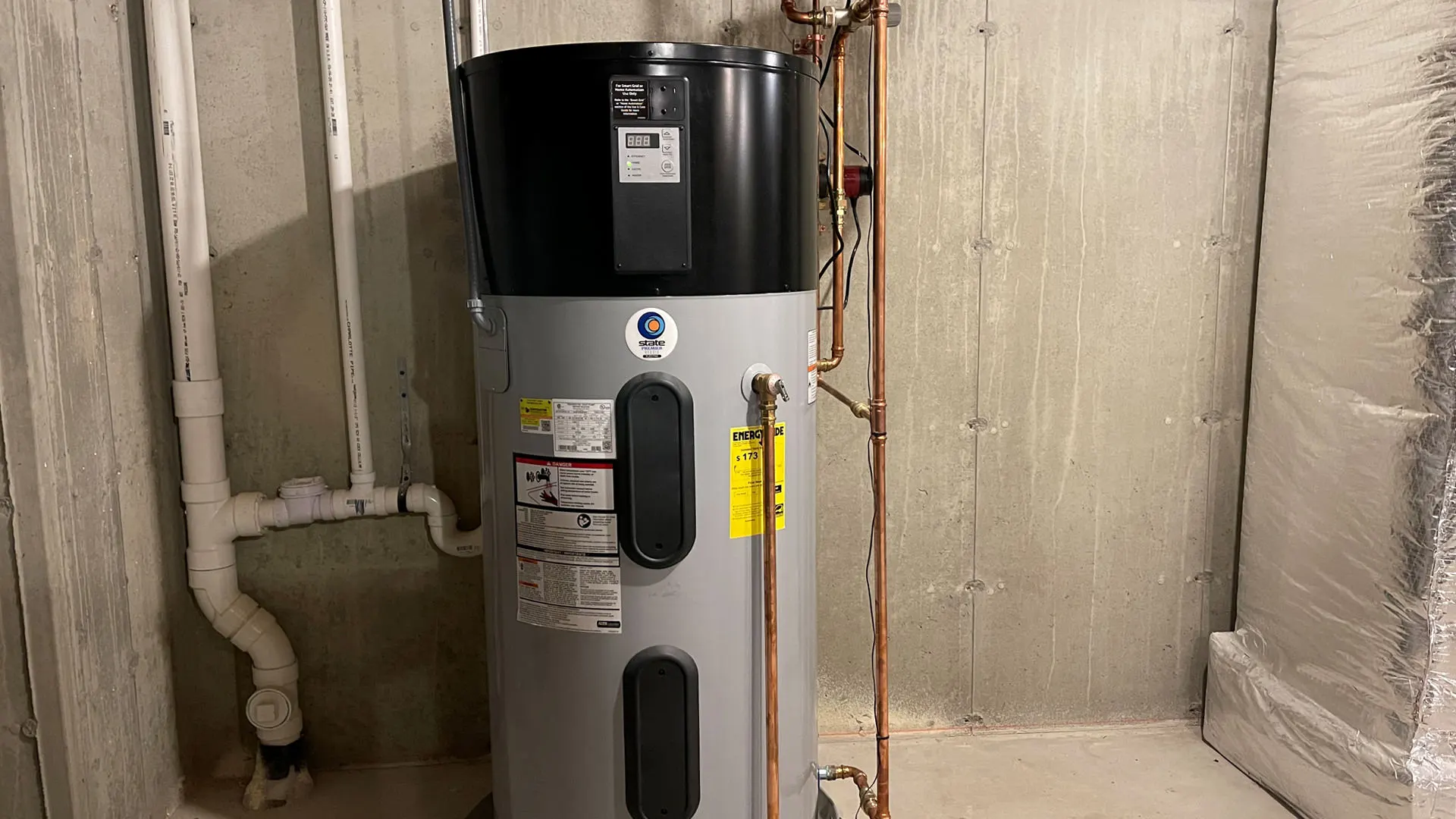DIY Water Heater Installment: Necessary Actions for Success
When considering a do it yourself hot water heater installation, it is vital to come close to the job with a systematic attitude, as the process entails numerous crucial steps that can dramatically impact both safety and security and efficiency. Selecting the proper water heating unit for your certain demands is simply the beginning; preparing the installment area and recognizing the required devices and products are just as crucial. As we discover the systematic method to installment, it emerges that forgeting any detail might bring about problems down the line. Are you prepared to browse the details of this home enhancement job?
Selecting the Right Hot Water Heater
When selecting a hot water heater, it is important to think about several key aspects to ensure optimum performance and performance - water heater installation Buena Park. Review the kind of water heating system that best matches your demands. Choices consist of tankless, storage tank, and warm pump water heaters, each offering unique benefits in terms of power performance and space demands
A bigger family members might need a system with a higher gallon capability or a tankless system that can offer constant warm water. Each power kind has effects for installation expenses and lasting energy expenditures.
Power effectiveness is another important variable. By meticulously reviewing these variables, you can pick a water heating unit that lines up with your family's certain demands, guaranteeing convenience and performance for years to come.
Tools and Materials Needed
Effectively setting up a water heating system requires not only the ideal selection of unit however also the appropriate devices and materials. Before beginning on your do it yourself project, guarantee you have a comprehensive listing of products to facilitate a smooth setup process.
Important devices include a monkey wrench, flexible pliers, and a screwdriver set (both flathead and Phillips), which will assist you handle different installations and links. In addition, a drill with appropriate bits is required for placing brackets or making any type of needed openings. For safety, a voltage tester is important, especially when handling electrical water heaters.
You will certainly also require a flexible water supply line, which can be either knotted stainless steel or PVC, depending on your choices and neighborhood codes. By collecting these devices and materials in advance, you established the phase for an effective water heating system setup.
Getting Ready For Installation
Prior to starting the installation of your water heating unit, it is important to evaluate the setup website to ensure it satisfies all needed demands. Begin by confirming that the location is well-ventilated, especially for gas water heating systems, to avoid the buildup of hazardous gases. Look for the schedule of needed links, consisting of water supply lines and electric outlets, ensuring they are in excellent condition and effectively located.

Additionally, inspect the existing pipes and electric systems to identify if upgrades or repair my response work are required prior to installment. This positive method not only makes certain compliance with neighborhood building ordinance however likewise enhances the durability and efficiency of the hot water heater. Collect all required authorizations, if needed, to avoid lawful complications later. Correct prep work sets the phase for a smooth setup process and aids protect against unexpected concerns.
Step-by-Step Installment Refine
With the preparation full and all essential evaluations conducted, the following phase involves the step-by-step installment of your water heating system. Begin by guaranteeing that the new system is positioned correctly, aligning it with the existing pipes and electrical links. For tank-type water heating units, attach the cold water supply line to the inlet, typically marked in blue, and the warm water line to the outlet, usually designated in red. Use Teflon tape on threaded joints to protect against leakages (water heater installation).
Next, secure the temperature and pressure safety valve, which is vital for safety. Connect the discharge pipeline to this valve, guiding it in the direction of the floor or an appropriate drainage area. For electrical designs, connect the power supply by removing the wires and protecting them to the heating system's terminals according to the producer's guidelines.
If you are mounting a gas water heater, her response ensure the gas line is attached properly and look for leakages using a soap remedy. Links are made, load the storage tank with water before turning on the power or gas supply. Enable the water heater to get to the desired temperature level and check for any type of leakages around all links.
Ensuring Safety And Security and Effectiveness
Regularly guaranteeing safety and security and effectiveness during the installation and procedure of your hot water heater is vital for optimal performance and longevity. Begin by choosing an appropriate place that adheres to regional building ordinance and provides sufficient ventilation. Make certain that the location is without combustible materials and has enough area for maintenance and assessments.

After setup, conduct normal checks on the unit to detect leakages, corrosion, or unusual sounds. Establish the thermostat to a safe temperature level, usually around 120 ° F, to prevent hot and boost energy effectiveness. Insulate pipes to decrease warm loss, which contributes to lower energy bills.
Final Thought
In conclusion, effective DIY water heating unit setup pivots on mindful preparation and implementation. Selecting the suitable water heater, preparing the setup area, and following a systematic installment procedure are important steps.
When considering a DIY water heating system setup, it is important to approach the job with a systematic way of thinking, as the process includes several crucial steps that can substantially impact both security and effectiveness.Prior to starting the installation of your water heating system, it is essential to analyze the setup site to guarantee it satisfies all required demands. For tank-type water heating systems, connect the chilly water supply line to the Get More Information inlet, generally noted in blue, and the hot water line to the electrical outlet, normally designated in red.Regularly ensuring security and performance throughout the installment and operation of your water heating unit is vital for optimum efficiency and long life. Selecting the ideal water heating system, preparing the installation area, and complying with a methodical installation process are vital steps.